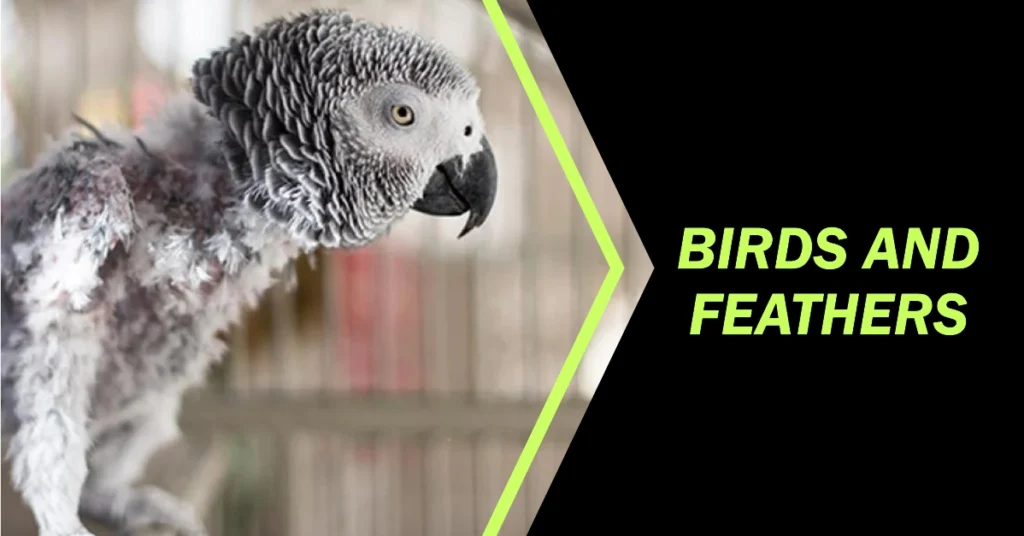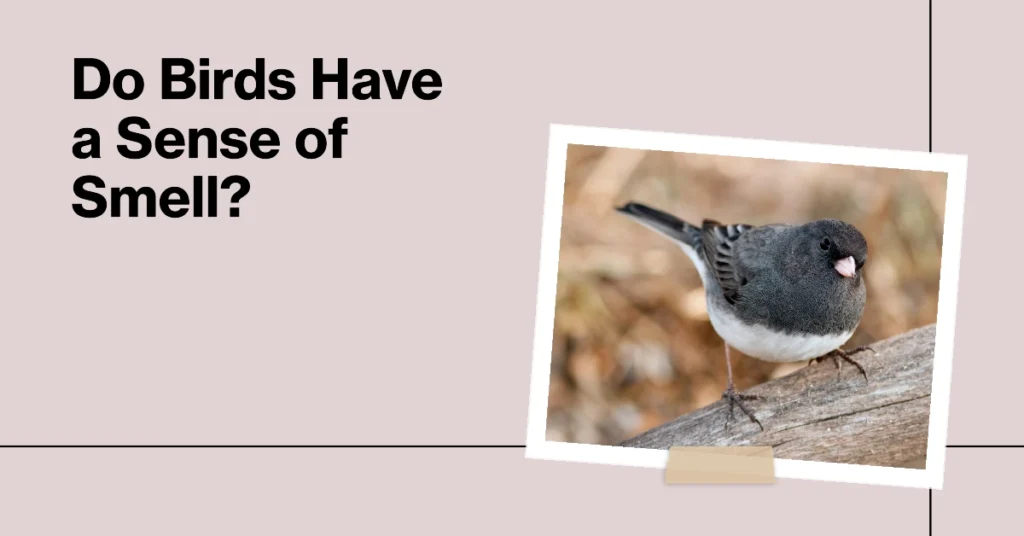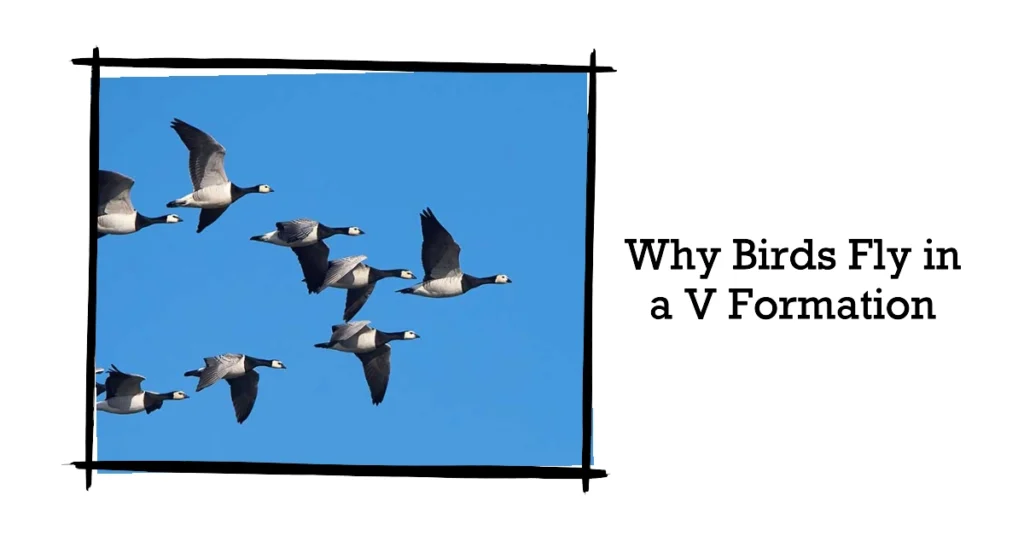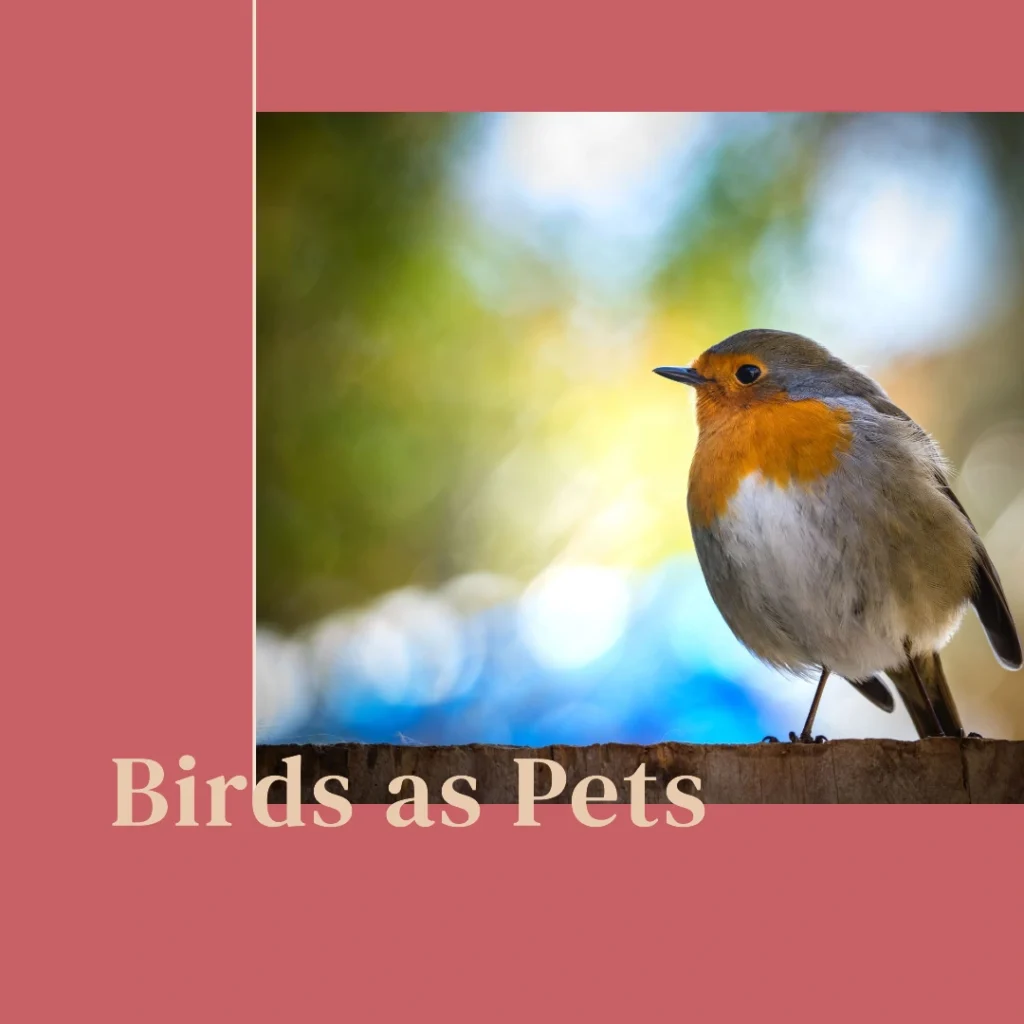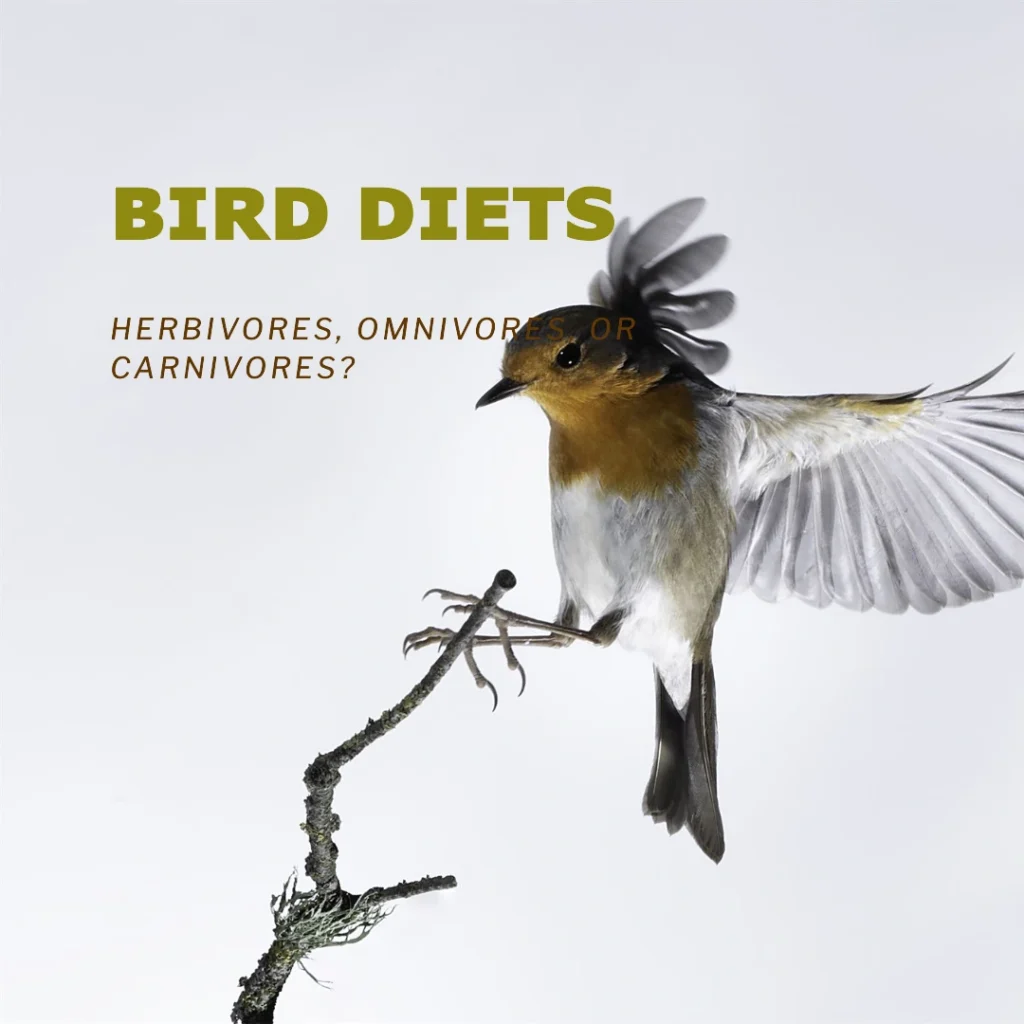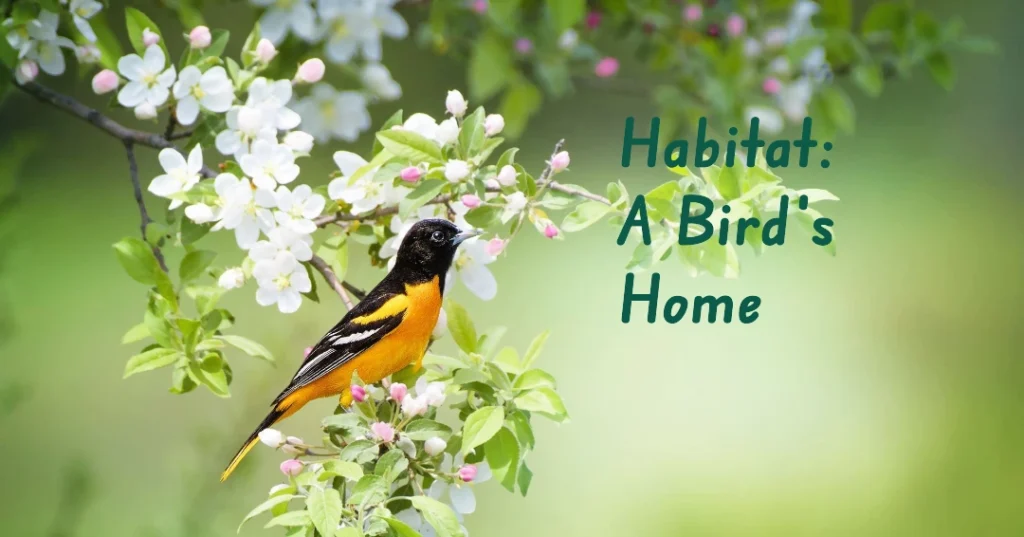
Birds live in many different places all over the world. The place where a bird lives is called its habitat. A habitat provides everything a bird needs to survive – food, water, shelter, and a safe place to raise babies.
Table of Contents
Types of Bird Habitats
There are many kinds of habitats that birds live in:
- Forests – Many birds live in trees and bushes in forests. Woodpeckers make holes in tree trunks to nest in. Other birds like toucans and parrots also nest in tree holes.
- Grasslands – Birds like quail, larks and some hawks live in open grassy areas. They nest on the ground hidden in the grass.
- Wetlands – Ducks, geese, herons, and egrets live in marshes, swamps and by lakes, rivers and oceans. They have webbed feet for swimming or long legs for wading in shallow water.
- Deserts – Roadrunners, owls and hawks are some of the birds that live in dry desert habitats. They are adapted to the hot temperatures.
- Tundra – Ptarmigans and snowy owls nest on the ground in the cold, treeless tundra in the far north. Their feathers turn white in winter for camouflage against the snow.
- Oceans – Seabirds like gulls, pelicans, and penguins spend most of their lives on or near the ocean. They dive to catch fish.
- Cities – Birds like pigeons, house sparrows and starlings have learned to live in cities alongside humans. They nest on buildings and eat food scraps.
Bird Nests

Birds build nests as a safe place to lay eggs and raise chicks. Nests protect eggs and baby birds from weather and predators. Different kinds of birds make different types of nests:
| Nest Type | Description | Example Birds |
| Cup nest | Woven nest shaped like a cup | Robins, sparrows, finches |
| Cavity nest | Nest in a hole in a tree or cactus | Woodpeckers, bluebirds, owls |
| Platform nest | Large pile of sticks on a ledge or branch | Eagles, storks, herons |
| Ground nest | Nest directly on the ground | Ducks, quail, shorebirds |
| Burrow nest | Nest in a tunnel dug into a bank or cliff | Kingfishers, puffins, penguins |
| No nest | Lay eggs directly on a ledge or ground | Murres, some penguins |
Birds use their beaks and feet to gather materials like twigs, grass, mud, and feathers to weave or pile into nests. The male and female often build the nest together. Nests can be in the open or hidden for protection. After building the nest, the female lays the eggs inside. She sits on them to keep them warm until they hatch into chicks.
Birds Sleep
Where Do Birds Sleep?
Birds sleep in different places based on their species and the time of year. During the breeding season, parent birds often sleep on or near their nests to protect their eggs and chicks. Outside of the breeding season, birds find various roosting spots to rest at night.
Roosting Habits
- Cavity Roosters: Birds like chickadees and nuthatches may sleep in tree cavities or birdhouses.
- Communal Roosters: Some birds, including starlings and crows, gather in large groups to roost together in trees or on buildings.
- Waterfowl: Ducks and other water birds often sleep on the water’s edge or on partially submerged objects.
Adaptations for Sleeping
- Perching Grip: Many perching birds have a special tendon locking mechanism that prevents them from falling off branches while they sleep.
- Unihemispheric Slow-Wave Sleep: Some birds can sleep with one eye open, allowing them to be alert to potential threats.
Feather Fluffing: Birds fluff their feathers to trap body heat and keep warm during cold nights.
So in summary, birds live in a variety of habitats and nest types that suit their needs. Understanding bird habitats helps us protect the homes of our feathered friends. Providing natural habitat in our yards and parks gives birds the food, water and shelter they need to thrive.

